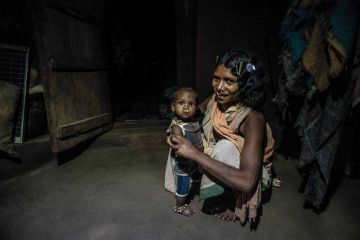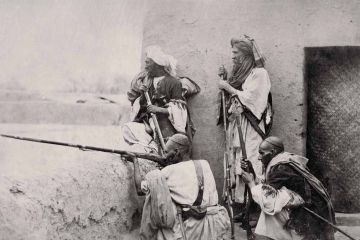The northern hills of Uttarakhand received a
severe jolt in the month of June, when unforeseen cloudbursts followed by
massive flash floods tore through the region, causing colossal damage to life
and livelihood. With more than 4,000 people officially listed as dead,
thousands more still missing, and scores of villages entirely washed away, the
disaster stands as one of the worst to hit the country in decades.
In the aftermath of the disaster, several relief camps have been set up
to as





